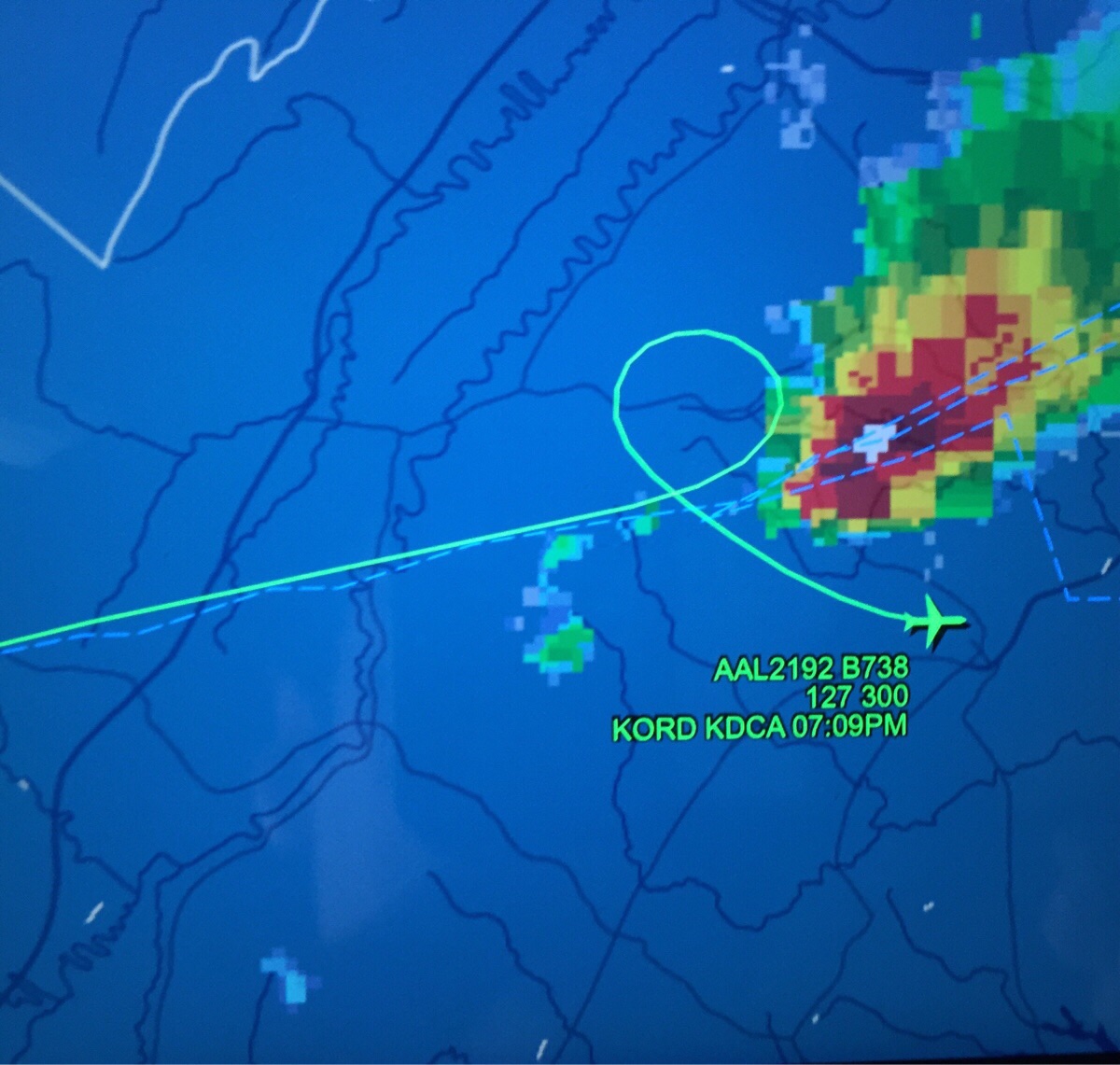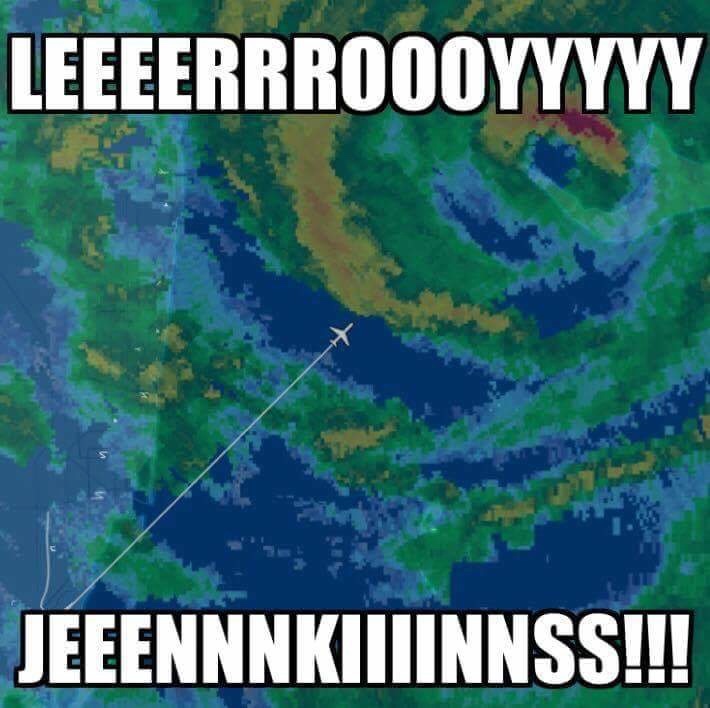benyflyguy
En-Route
Holy mackerel!! Hope this was on the ground!!
What did you do!?
Holy mackerel!! Hope this was on the ground!!
The autopsy part of the report went into detail of the meds in his system. One of them being Prozac. Giving an SSRI (prozac among others) to a person who is bipolar but depressed will flip them into an acute manic episode. The psych recognized this and advised the appropriate action but guys who are manic think there is nothing wrong with them.
Always amazes me that the Navy considers a T-28 a basic trainer? Wonder what the washout rate is?Yep, that what I was saying too. Happens all the time....people buy beyond their skill and capability. This accident shouldn't have happened but the pilot pushed beyond his ability, with a well equipped plane.


What did you do!?


Munson was flying with an instructor. Not really the same thing.
He was flying with the CFI that had instructed him in his Duke. The guy had never been in a Citation (or any bizjet) before the fatal flight and didn't have turbine experience of any type.
It’s a circular argument. I see it as proof the system does nothing to improve safety and accidents like this one prove that regulation doesn’t change behavior or outcome if someone ignores policies and good judgment. So why harass everyone in a vain attempt to modify behavior of a person that chooses not to comply. Others see this as evidence to justify the rules.I skimmed and missed the autopsy stuff.
It’s crap like this that keeps the FAA Aeromed insanity “justified”. People somehow getting around the Medical system and making it all the way to the scene of the crash full of meds that should have at least triggered a Special Issuance.
So weird.
Some number (small but significant) of pilots tests mother nature’s power inside a thunderstorm almost every year since I was first given a pilot certificate in 1991, and very few live to tell the story. The few who do, to a person, all say “never ever ever again”.
In the late 80's I worked for NCAR. We flew a Lockheed L-188 (civilian P-3) all over the world into some really hairy weather. Also went through the plum of a active volcano in Alaska. It was equipped to take air samples. Fun stuff.
I really like that AOPA series...in most of them, I'm yelling at my screen, something like, "You idiot! Why are you continuing this flight?" But not on the one you posted...although before watching that one I already knew that nexrad was delayed and (obviously) that guy didn't, I really felt bad for that guy...it seemed like an honest mistake by an otherwise careful guy, that cost him and his family's lives.I may have missed it in the discussion above, so forgive me if this has already been pointed out, but one thing about thunderstorms is that they don't just move quickly, they can form quickly. I've seen plenty of blue skies turn to spitting hailstones in nearly the blink of an eye. If you are looking at your NEXRAD imagery that you got from sources like ADS-B or a cellular-connected iPad, you might see green and think you'll just go through some rain, but find out when the wings fall off the airplane that the cell had turned red between the radar sweep that you are looking at and the time your airplane flies into it.
If that happened here, it would not be the first time that the delay between the radar image you see in the cockpit and what's really happening in the air was involved in a fatal crash. For example:
Edit to change video. I always get the titles of these two backwards:
Repeat after me: NEXRAD imagery is for strategic planning. Onboard radar equipment is for tactical planning.
I like that they don't just stop with the obvious conclusion, and dive deeper with some thoughtfulness. The pilot did not know that the NEXRAD imagery is delayed before it is even transmitted. I did not know that before watching this video for the first time. ADS-B or XM may say that the data is 2 minutes old but there are multiple more minutes of delay between the radar sweeps and the computer putting them together into a single image to transmit to you. I agree with you that this pilot probably made an honest but fatal mistake, stemming from an assumption that his avionics told him the total delay between the realtime radar sweep and the display on his screen. The lesson I take from this one is to study all your equipment's features and limitations.I really like that AOPA series...in most of them, I'm yelling at my screen, something like, "You idiot! Why are you continuing this flight?" But not on the one you posted...although before watching that one I already knew that nexrad was delayed and (obviously) that guy didn't, I really felt bad for that guy...it seemed like an honest mistake by an otherwise careful guy, that cost him and his family's lives.
The hours this guy accumulated in a very short period of time is hard to believe. Sounds like he had a lot of things wrong with him before the flight though.
